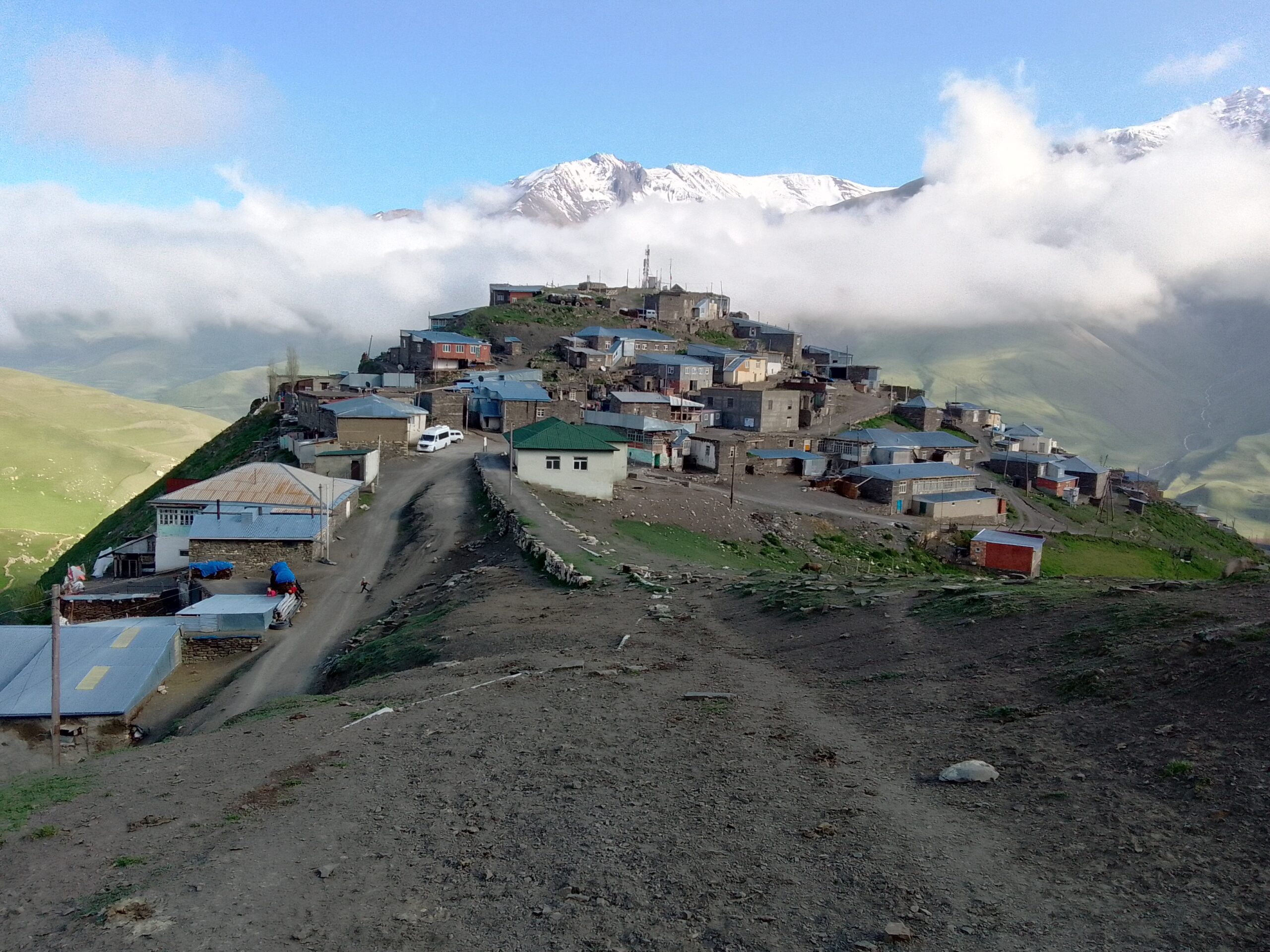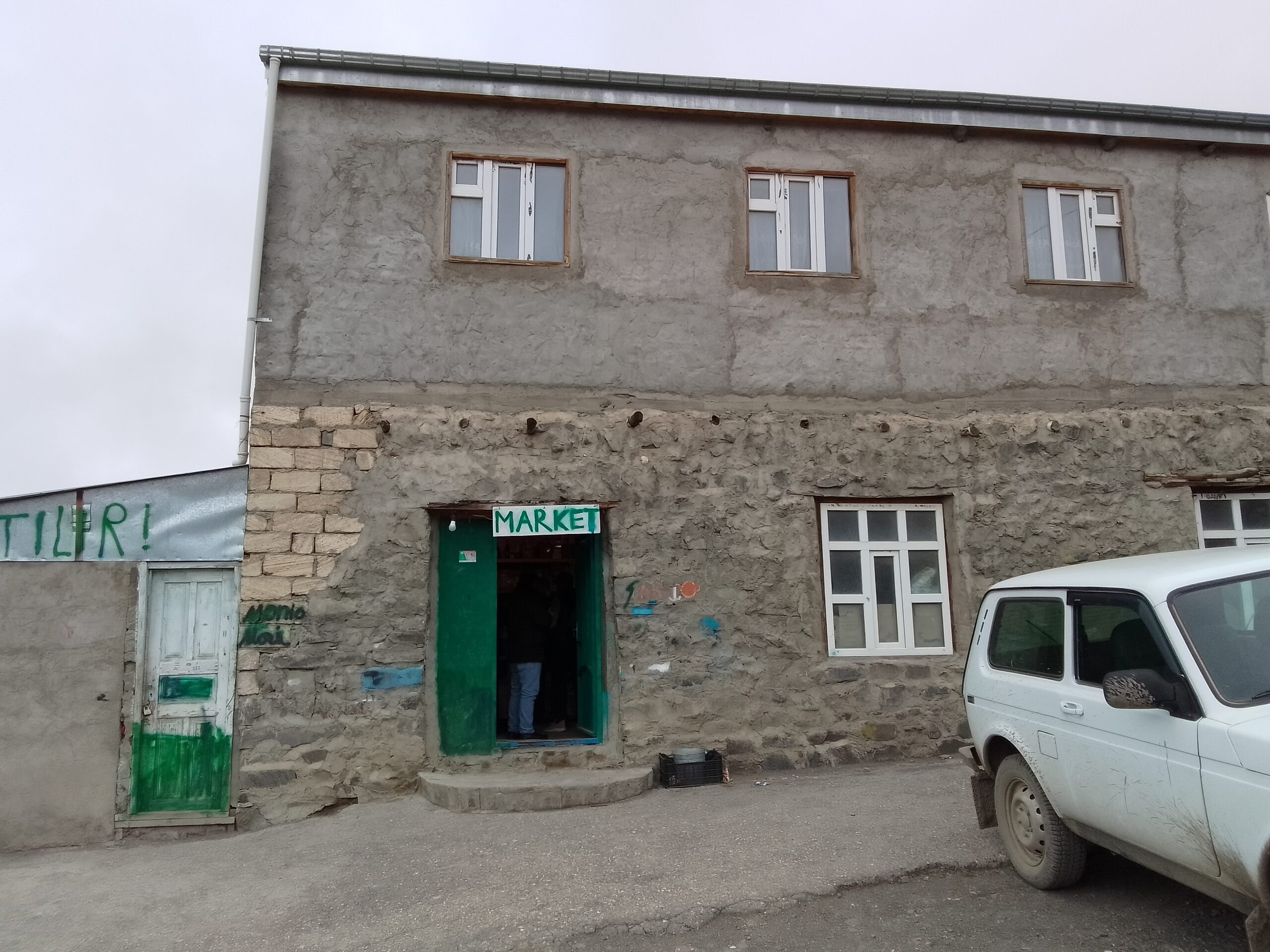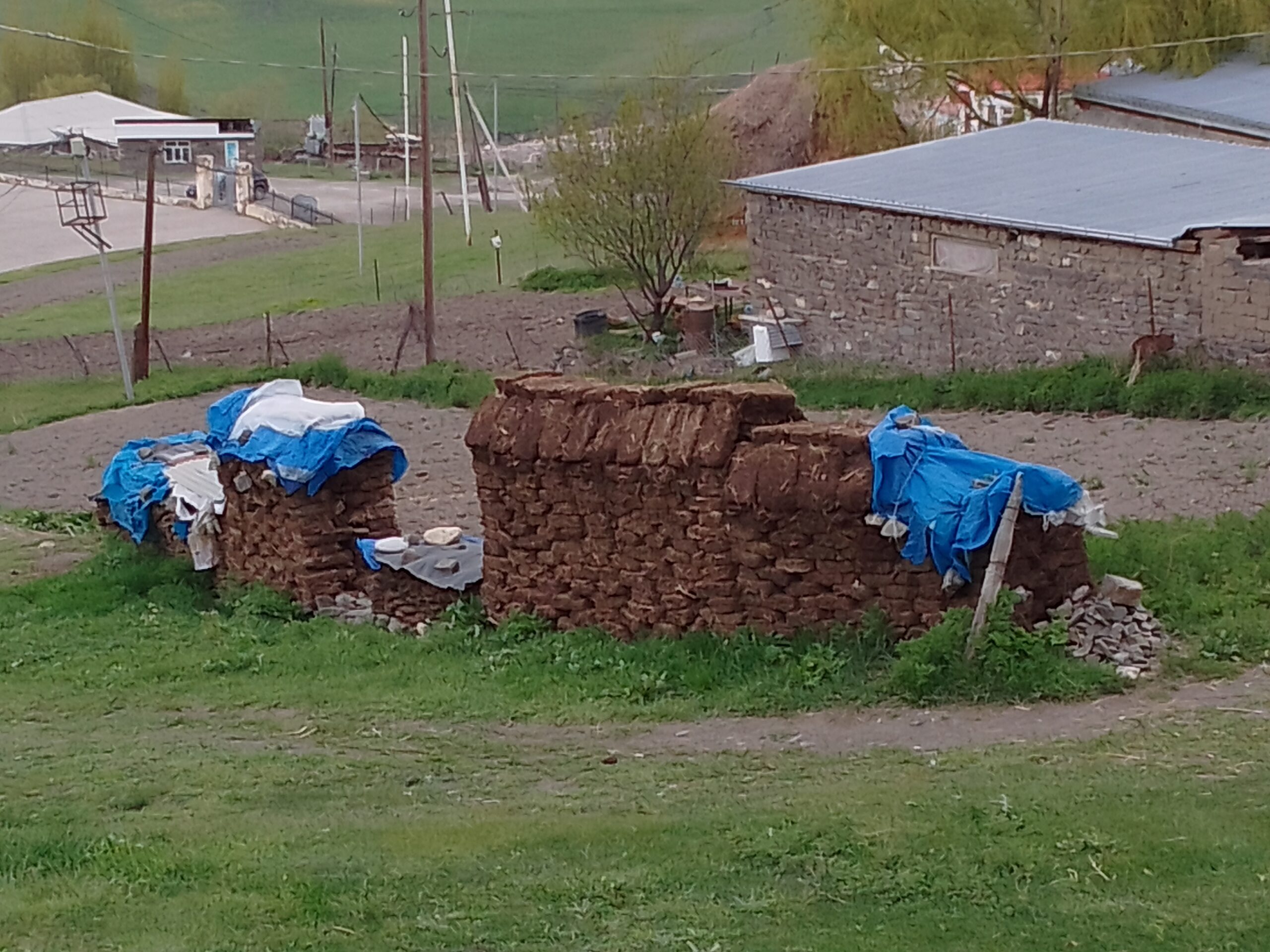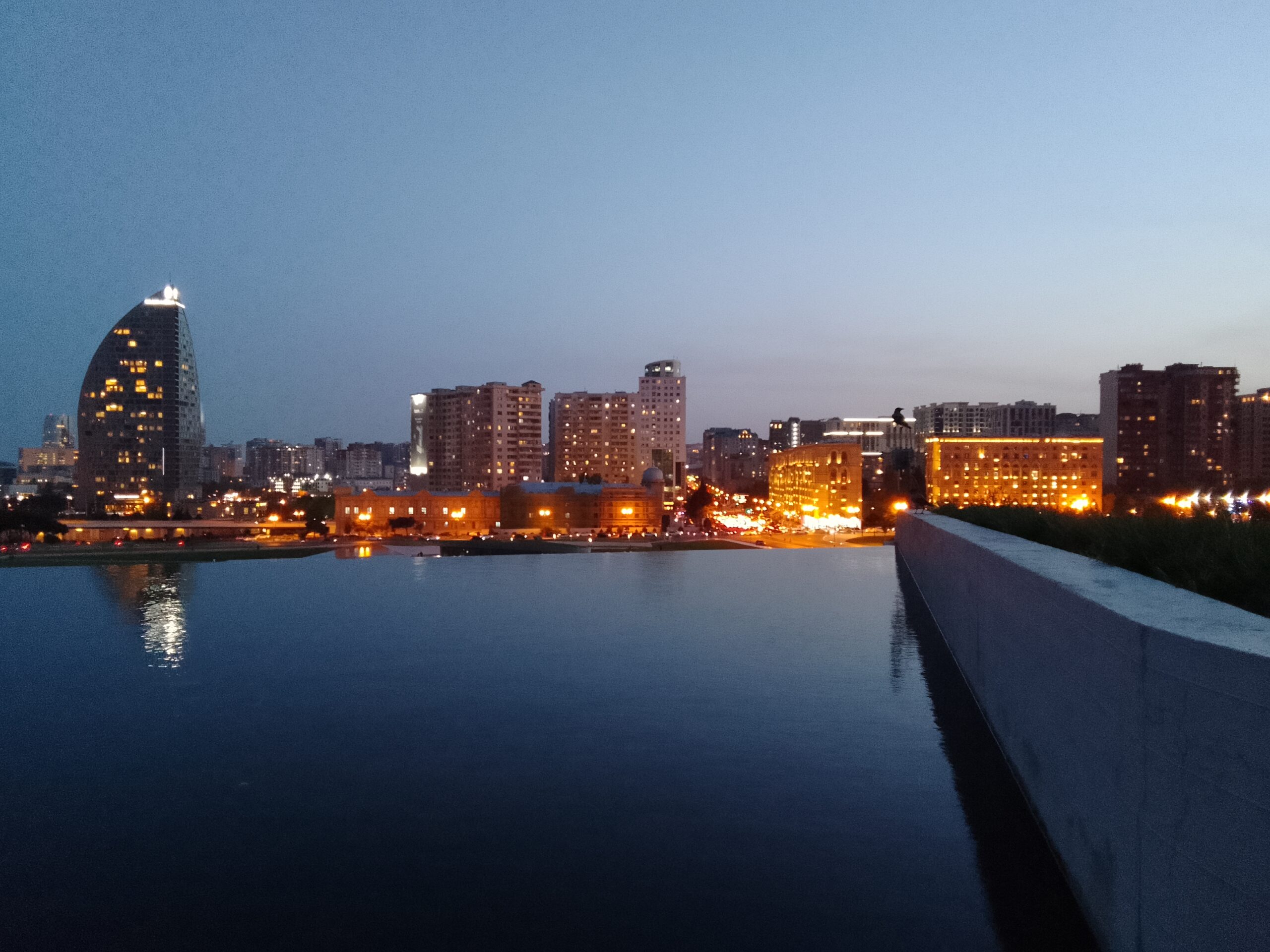
Khinaliq village is situated in the north eastern part of the Azerbaijan in the Caucasian mountain range , where this tribal people are living since bronze age . They have a unique tradition that is “in the winter time they migrate to the lower valleys and in the summer time they come in the highlands of this mountain village “. For this unique vertical migration they followed the Koc Yolu transhumance route and still now a days most of the people and their live stocks are moved through this route . For that unique culture they are included in UNESCO’s World Heritage site list .
How to reach khinaliq village ?
Khinaliq village is situated in a very remote part in the North eastern part of Azerbaijan inside the Caucasian mountain range . Upto quba city you will get proper public transport from the any city but after that there is no proper public transport .
From the Baku international bus terminal near to the Avtovaghzal(in russian it means bus station ) metro station(this station is situated in purple line …. You can reach this line from memar Ajami metro station of green line) you will get mini bus or Mashrutka towards quba . From quba it will charge you just 5 mannat to reach quba city . Which is the last city where public transport goes and can have a good stay .

Either from quba you have to book a total jeep . For that they might charge you (40 – 50 ) mannat . otherwise wait in front of the Xinaliq hotel or cafe khinaliq in quba . Quba is a small city , finding this spot is not tough . Some shared jeep leave from there to khinaliq village . For locals they will charge 10 mannat but for foreigner they will charge 20 mannat for just 58 km to the khinaliq village . But remember that this jeep will be only leave when it is full .
When I go towards the khnaliq the driver stops in the middle of the way , as there was no other passenger towards that area . The other two passengers leave on that village . The driver charged me 20 mannat but he arrange a car going towards that village and he charged me 5 mannat for the exact khinaliq village . but when I return my host drop me to the quba bus stand charging me just 20 mannat . This khinaliq people are very hospitable as there was no shared car on that date he personally dropped me there . After that I go by the Mashrutka towards the village .
What to see in Khinaliq village ?
Mainly for me khinaliq is a quiet mountain village with very little people and unspoiled nature where some small rivers passing by the village . Here you can see lots of mountain goats and sheeps roaming around the field . But there is a Zoroastrian temple (5 km away from the village – for visiting you need special permission as it is very near to the Russian border ) , some 13 th century juma mosque and some caves(this caves were used to buried the dead man ) and waterfalls .
The village is quiet small and there might be 1000 people living in this village . There is only two shops and some guest houses for the tourist . The environment is unpolluted and in the night you can spot the twinkle stars in the dark sky . I stayed in Ecomama Xinaliq guest house , there is no heating system but the bed is multiple layered and don’t feel much cold . But their toilet is situated outside the main home and you feel cold in night when going for toilet . I say the facility is very basic and it costs 16 mannat with breakfast .
The village :


The village and and life style of the village is something to be seen in this area . In the second picture you can see a red roofed good structure building . This is the school of children in this area . Probably this is one of the most significant building inside this village . Here in every house there is large field portion which they fenced with wire . In some homes they grow domesticated animals like mountain goat and sheep . Where in some homes they grow vegetables .

Beside the village there is a small river and my host says there is a waterfall in the other side of this river with 5 km walking . On that day I was too much tired so I plan to go to the caves which was 2 km in uphill . There is no proper road but just a small trail , can be visible as the people walk on that trail with their domesticated animals for fresh grass . also in between the way there is small water stream which makes the way more slippery . For my shoes I face great difficulty to walk on this trail . I see the cave from a long distance and come back to my host’s house .
There was a little girl in my hosts house . She only can speak good english . Her parents can ‘t speak english well . they can speak russian well and their own native language which is called the Lezgic languages . I stayed there three nights and in the every evening a people get back with his lots of his sheeps . The girl ask me to see those sheeps and make sound like the sheep . It is really amazing to see How many sheeps he has may be 100 -200 sheep . It is his main earning of lots of people in Khinaliq .
What I see unique about this homes is that there is no pan in their toilet and the the stuff directly goes into a deep well . When I go in the toilet he said don’t close the door , you feel bad smell . This reminds me that they have lots nomadic habits still exist on them .
Another thing is that they drink tea like water . There is a unique types of pots(samovar) in this khinaliq village houses where the burning coal is put above the pot to make the tea always hot . In my host house kitchen is outside of the main building where they stay .


In the every morning they give me tandoor bread chease , butter , jam and some local fruits and salad . Here I have to say that the kitchen is also not linked to main house and outside .
Here is two supermarkets in this village . Don’t think this are modern supermarket but a small shops where all things are sold from the vegetables to all other grocery and different house hold stuff . Liquor is also sold here . Though they are Muslims but drinking alcohol is common in Azerbaijan .
Most of the buildings were made by the stones . Use of the bricks is very less . when you roaming around the village you will see huge stockpile of square blocks of cow dung(locally they called it kerma) . they used it as as fuel material . As in this remote villages gas is expensive and always not accessible . Mostly in winter time they used kerma for both cooking and warming the home .

Night sky is just wonderful in a cloud less days . You see in your naked eye , thousands of twinkled stars . As when I go there always cloud surrounds the village so no beautiful night sky . There was ice fall and rains in one day . In the morning there was a amazing experience , all the villages is covered in ice .
Juma Mosque :
There is a mosque in the top of the village which was build in 12 th century by a muslim preacher named Abu Muslim . This is also called the juma mosque and the main mosque in this region .
Ateshgah or Zoroastrian temple :
Ateshgah is situated in the hill side inside the burj santuary a little distance from the khinaliq village . You need special permission to reach this temple . This temple was build in the 7 th century and before islam the people of this area are Zoroastrian . The temple was restored here on 2016 . There was no proper road to this temple and may be you have hike for this temple.
Summary :
It is far from the modern Ajerbaizan where people still lives the old lives . This tribe is a nomadic tribe with their own language and most of the people migrate with their livestock between the summer and winter . For this unique lifestyle for almost 1000 years UNESCO give it a world heritage tag . No public transport goes into the khinaliq village you have to arrange with someone or book a jeep total . People are very hospitable and weather is unspoiled and in the night , sky is wonderful . This area has been inhabited since 7 th century and the Zoroastrian temple is the proof of that . So by that you can understand that the human settlement in this area is very old .

